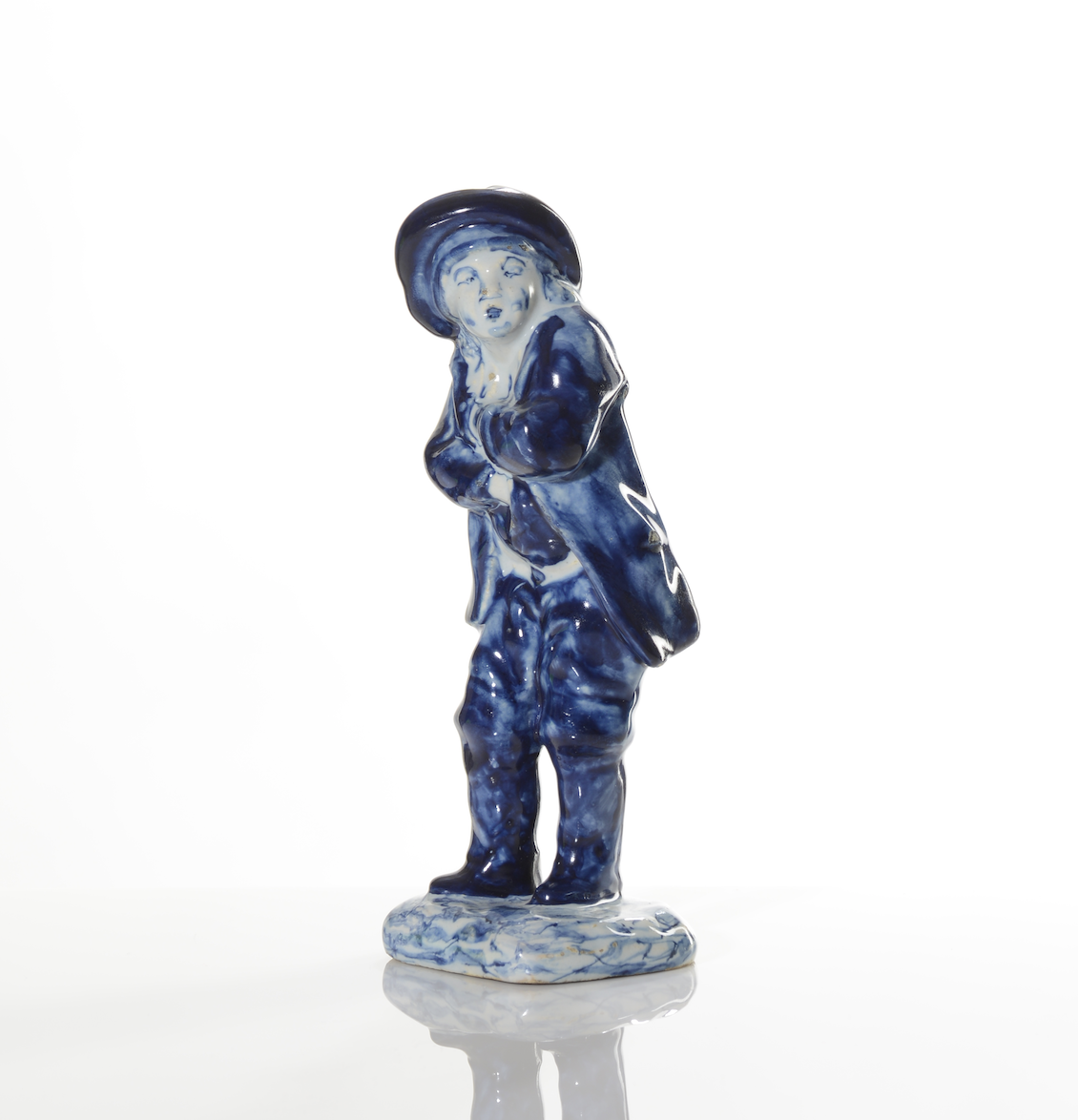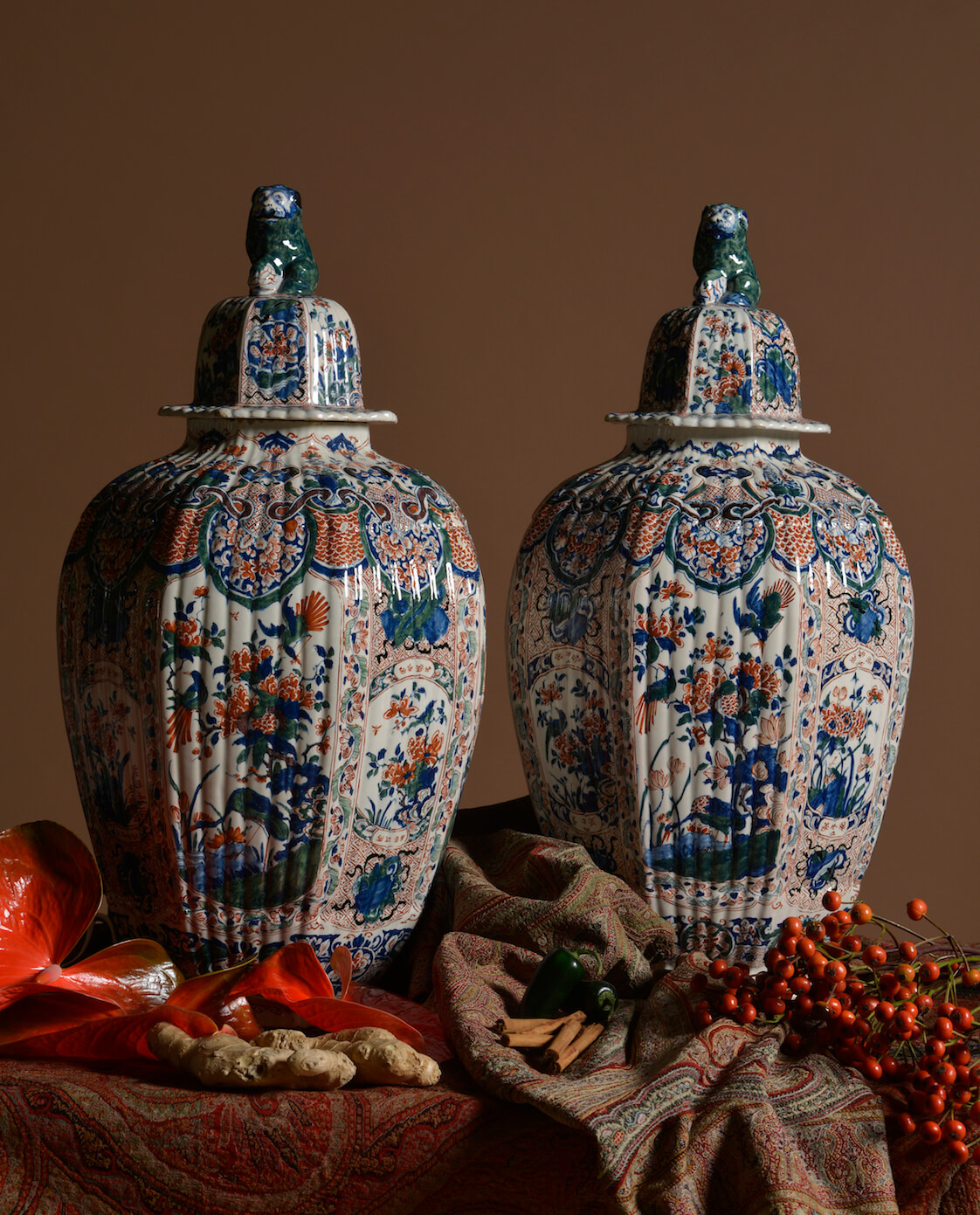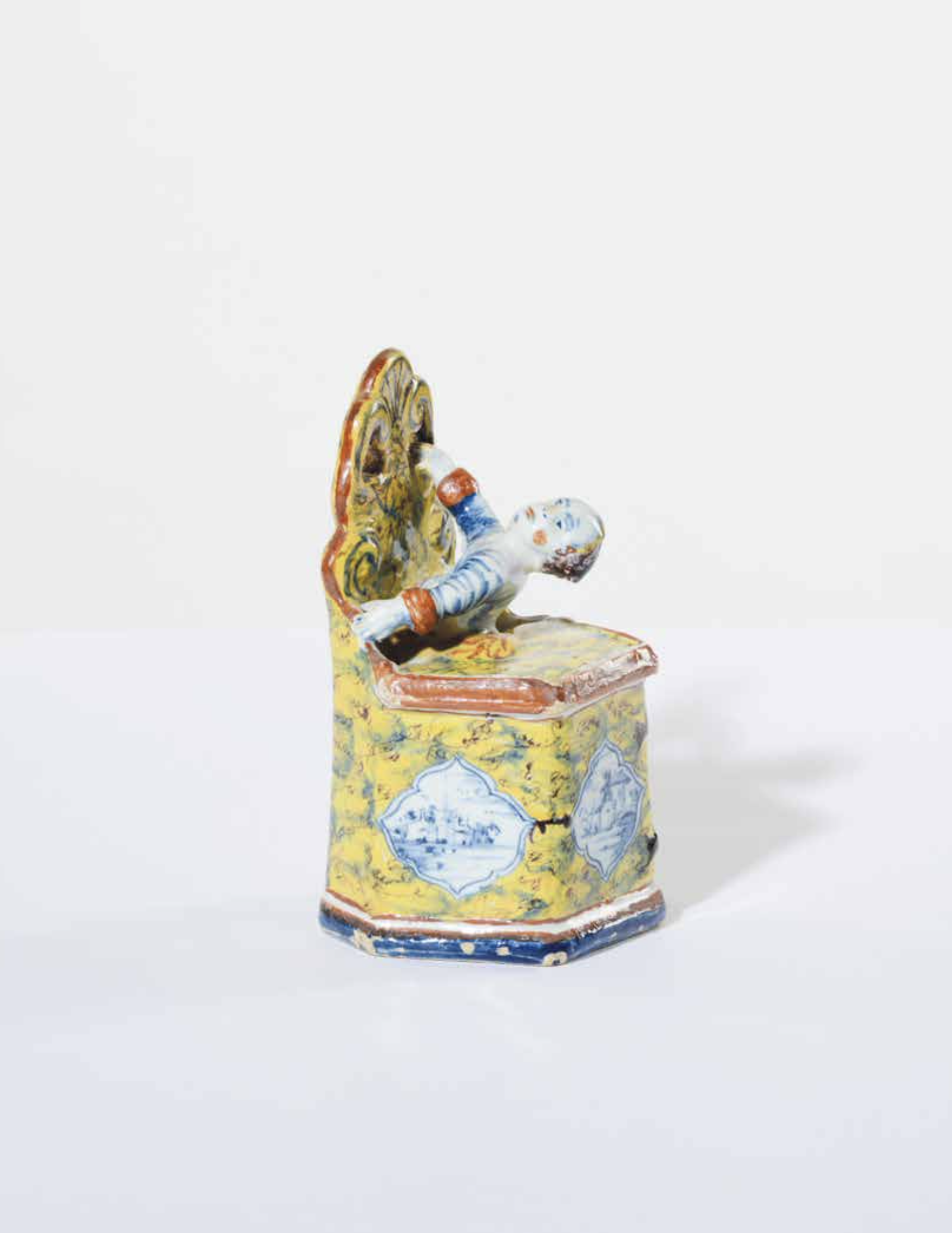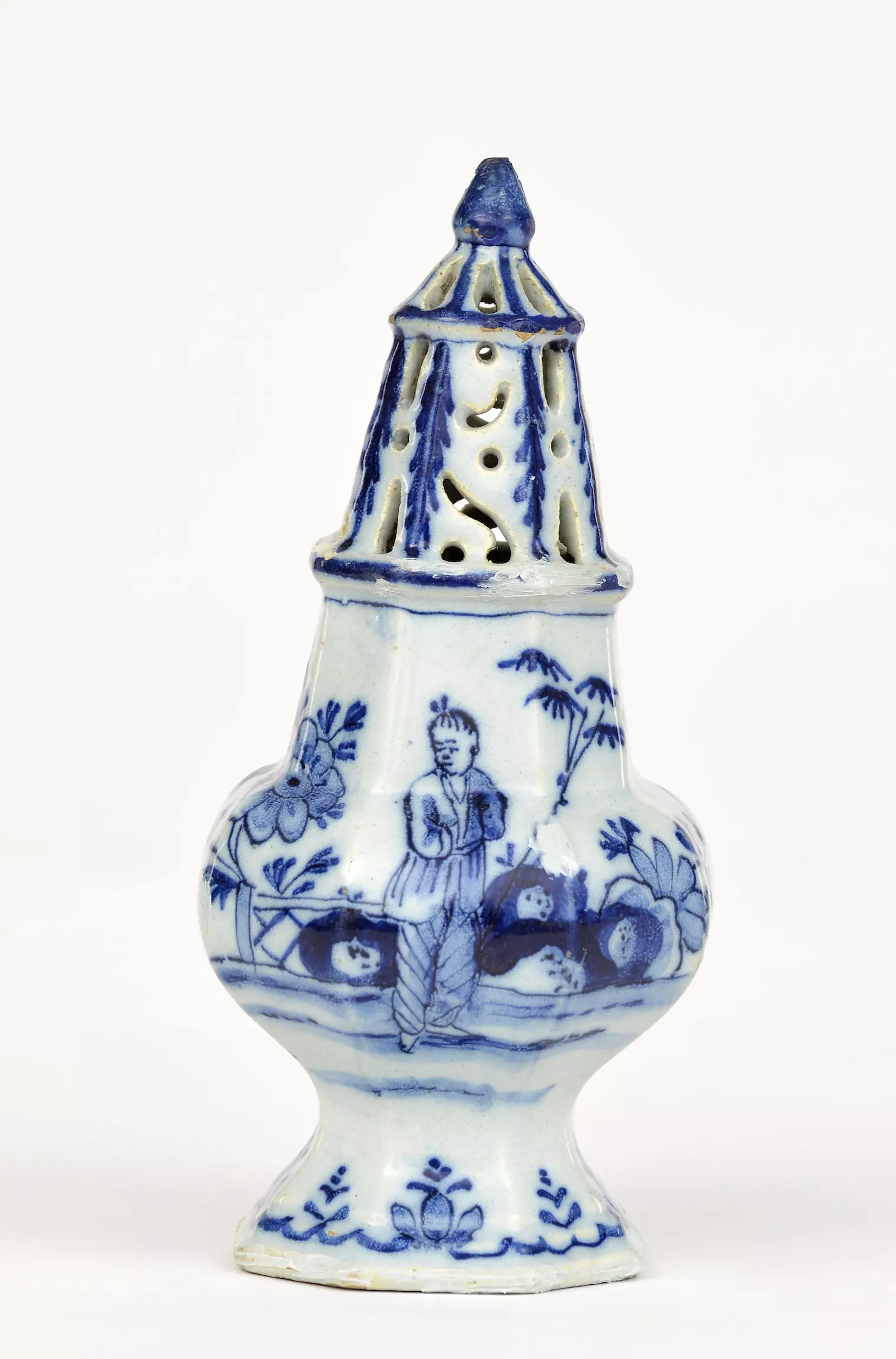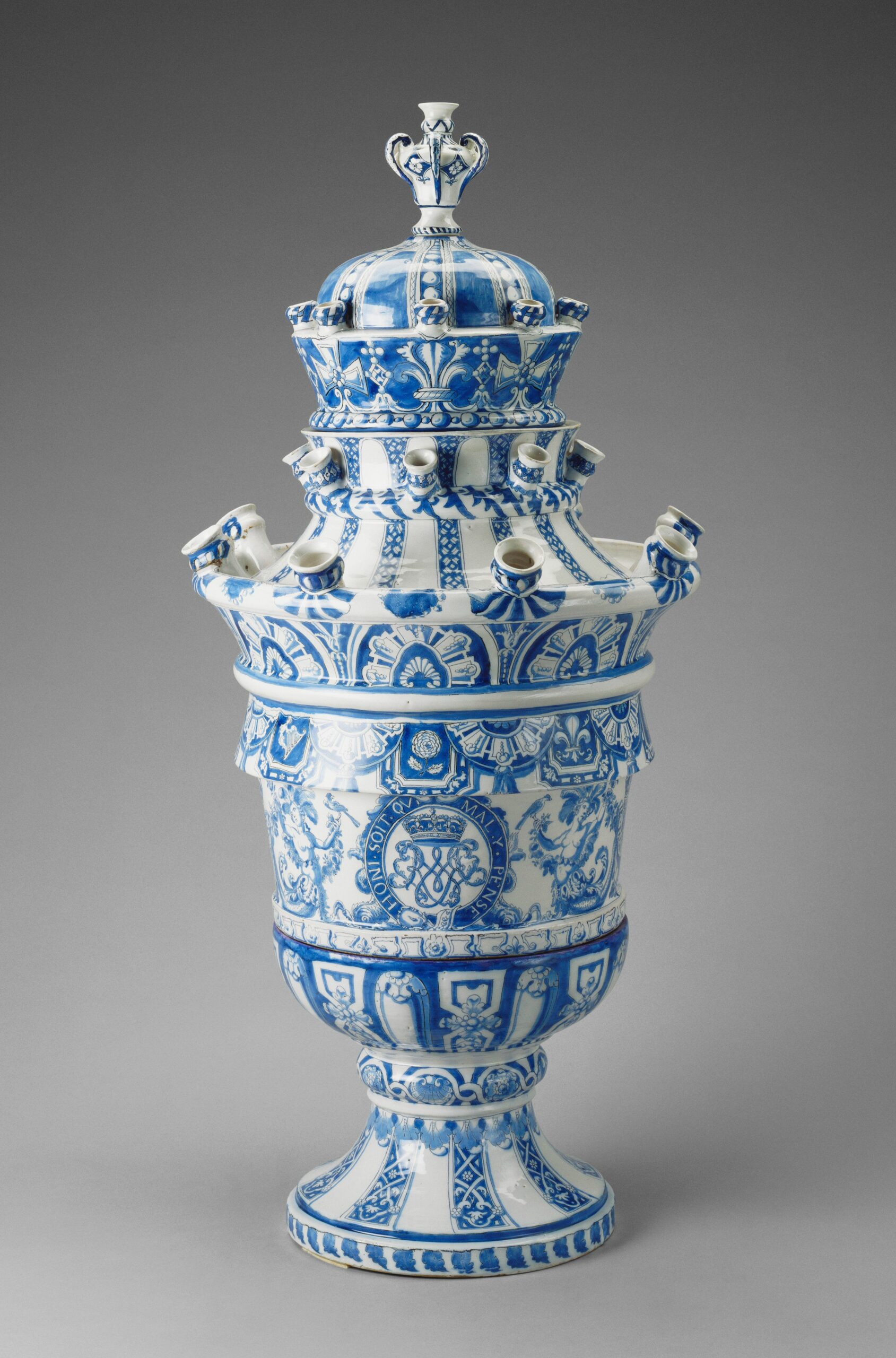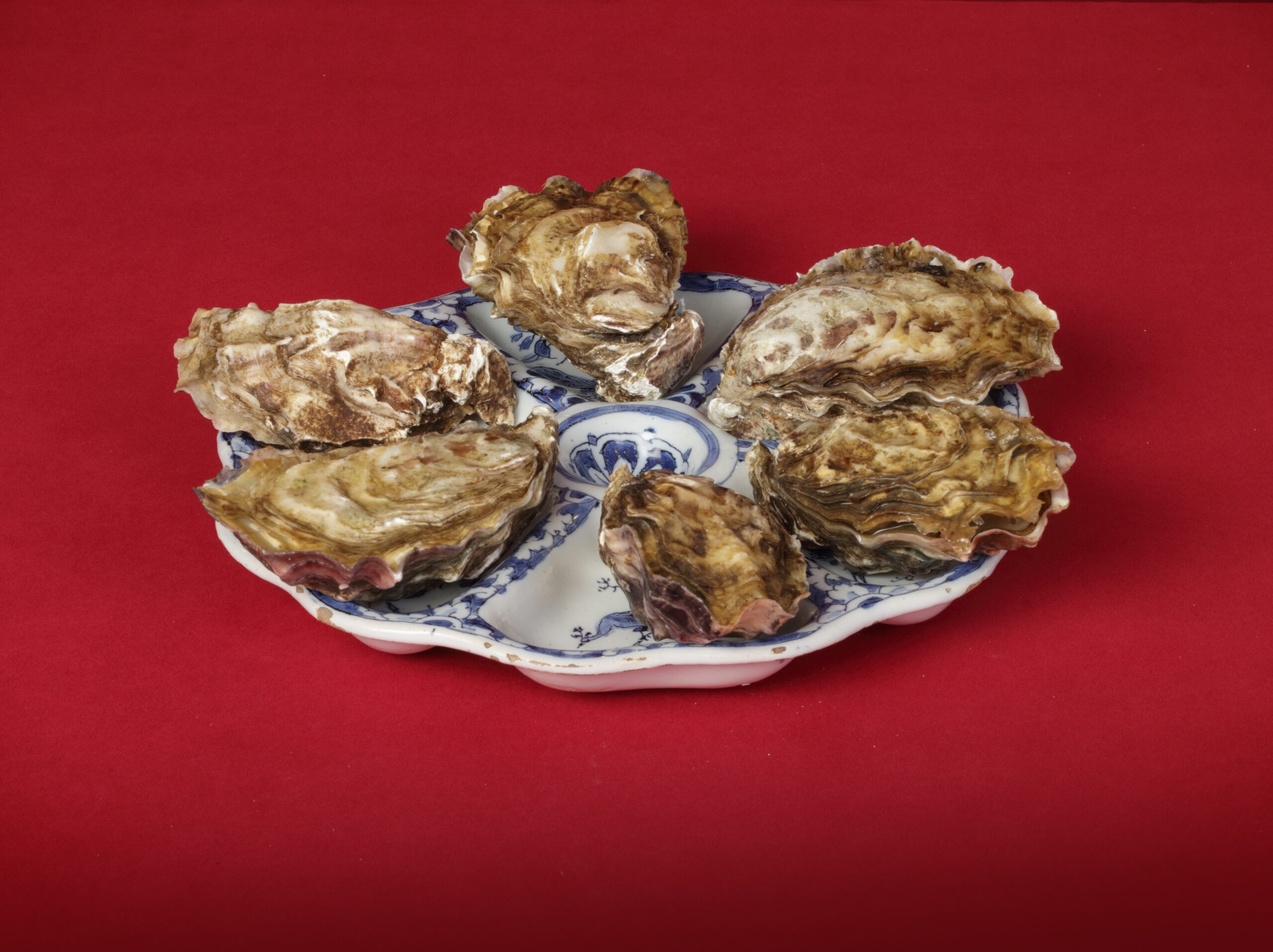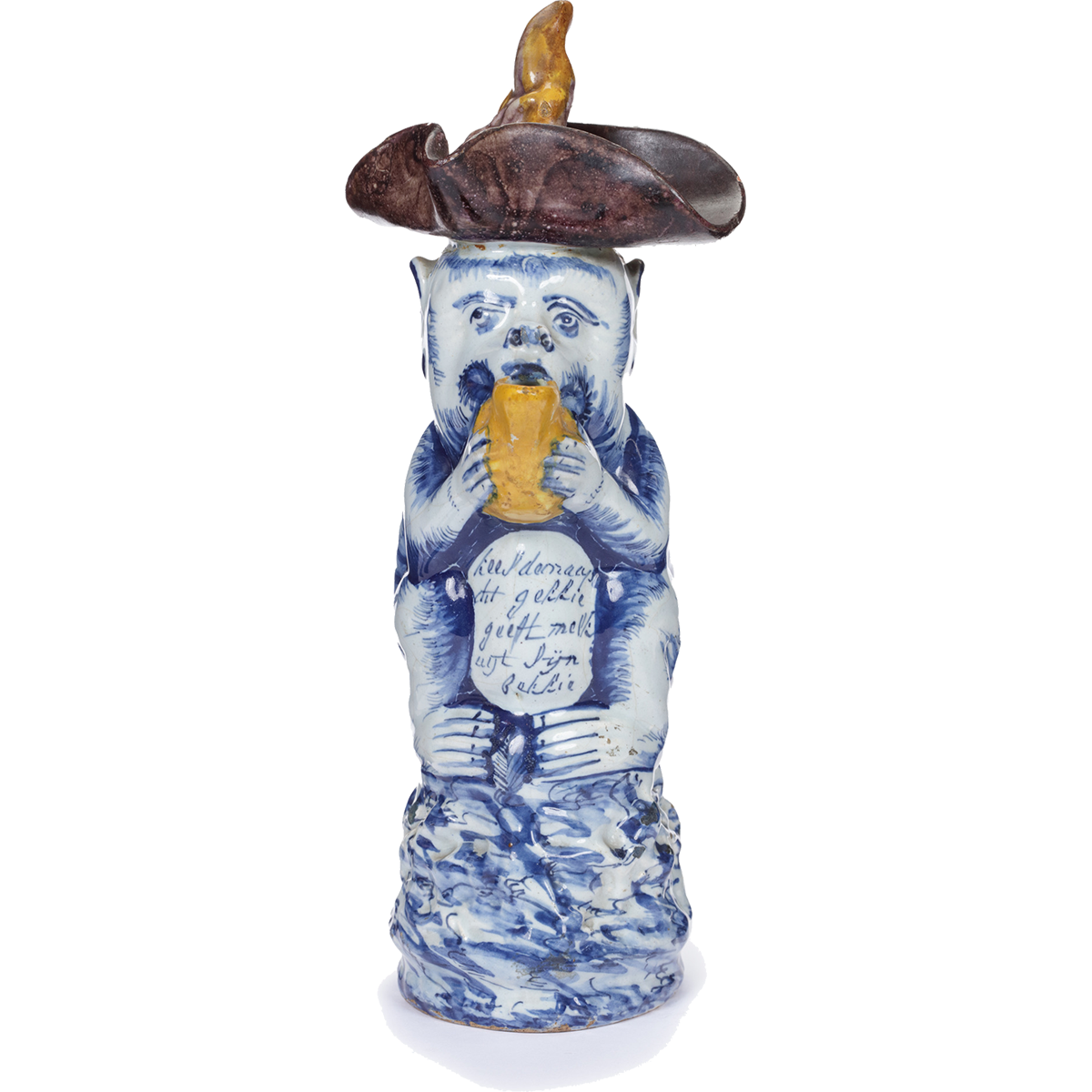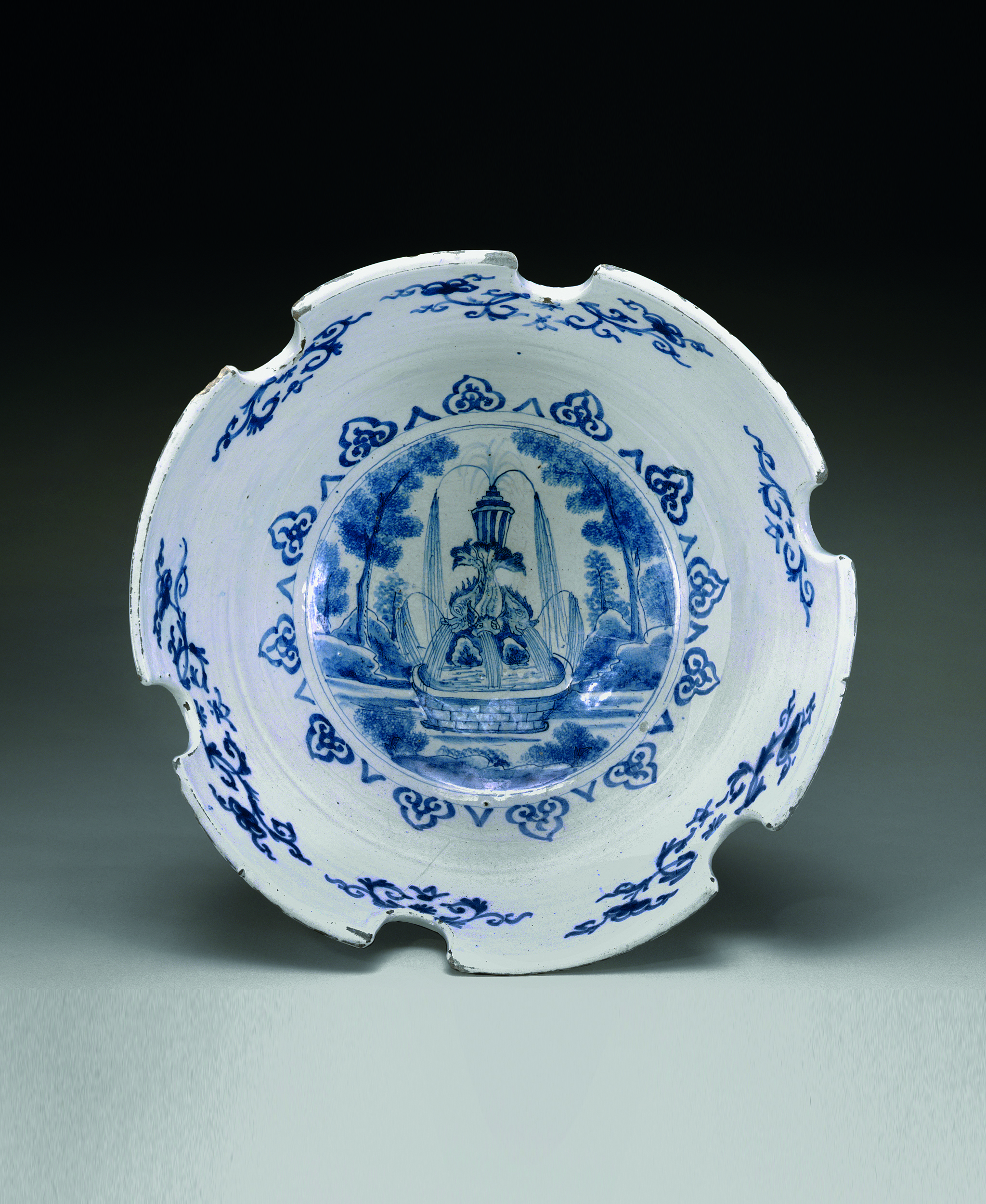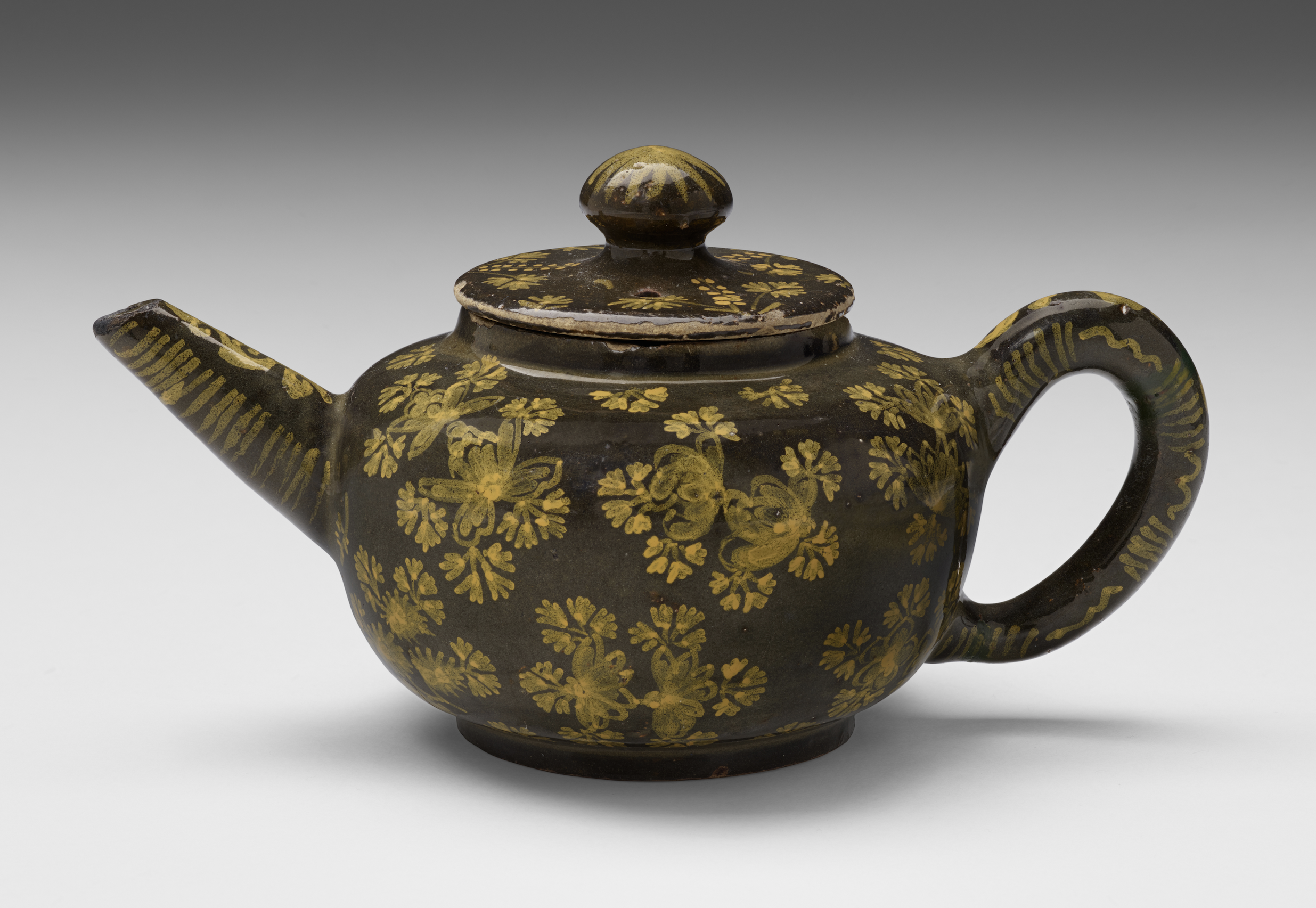Blue and White Figure Emblematic of Winter
Every month we present a special object from the Aronson Antiquairs’ collection. This month we would like to show you this blue and white emblematic figure of Winter. The youth, wearing a soft hat, an open jacket and baggy breeches, has his hands tucked into his waistcoat to protect himself against the cold. This model…

